It is possible hypothetically to define three intensity ranges valid for prolonged continuous exercise. The lowest range is characterised by a mild initial increase in the blood lactate concentration (ŠLAĆ), followed by a faster or slower decrease towards the resting level. The medium intensity range or the lower aerobic-anaerobic range is marked by a somewhat greater initial increase in ŠLAĆ, followeed by steady-state kinetics. In the high-intensity range, or the upper aerobic-anaerobic range, the ŠLAĆ increases steeply in the early phase and then continues to increase at a slower rate, usually giving rise to acidosis. By analysing all three intensity ranges it may be possible to define the steady-state range (SSR), which is the first aim of the study. An increase in ŠLAĆ alters the acid-base status and electrolyte balance in blood. We are interested to know whether these changes are related to each other. Theoretically, this relationship may not be simple because pH is influenced by ŠLAĆ as well as pulmonary ventilation, which via the bicarbonate system (Pco2, HCO3) acts like a buffer. Pulmonary ventilation is regulated in a very complex way. Therefore, it may be assume that pH does not change in parallel with ŠLAĆ. Similarly, changes in electrolyte levels may not be closely related to changes of ŠLAĆ because the regulation of electrolytes is based on the resting muscle membrane potential and/or electric neutrality. Therefore the second aim of the study is to examine the characteristics of the above-mentioned changes. Our third aim is to attempt to identify individual typical SSR´s and, if they exist, determine if they are in any way related to or dependent on each other. The study will be performed on subjects with different endurance performance, so that differences in SSR between those with higher and lower levels of endurance can be explored. Our hypothesis is that a steady state can be maintaned more successfully in subjects with a higher level of endurance when the absolute intensity is the same. We wish to analyse this problem also using the same relative intensity.
The characteristics of Steady State Range of prolonged exercise.
- Code L3-8971
- Date 01.01.1997 - 31.12.1999
- Funds provider MZT
- Organisation UL, Faculty of sport
Abstract













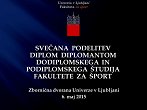







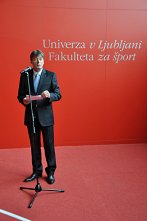
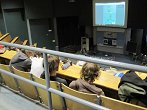


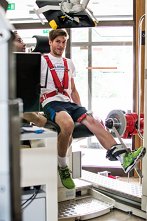
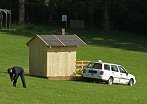
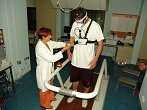







.png)